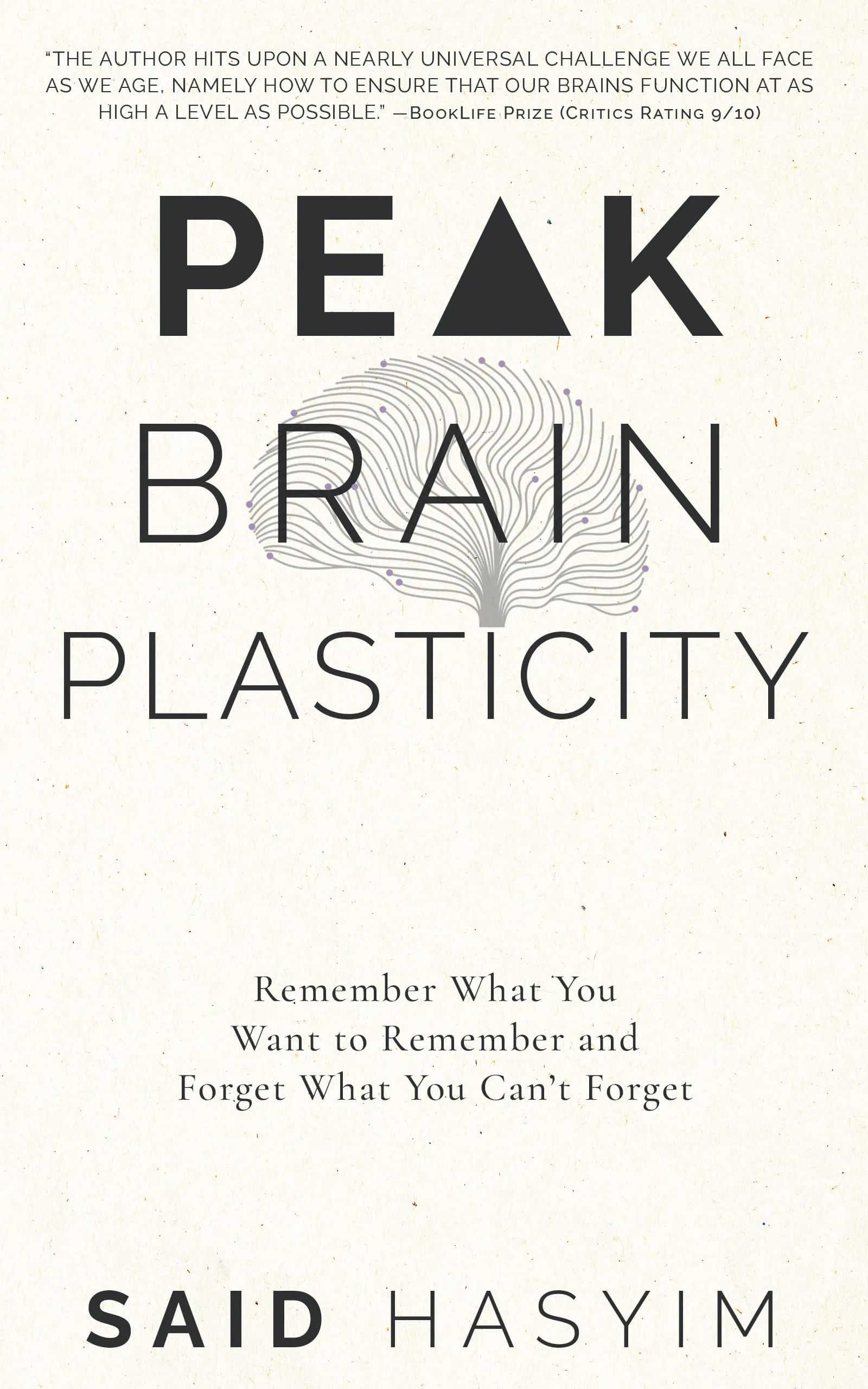Memory Techniques: From Mnemonics to Visualization
Memory is a fascinating subject that captures the imagination of researchers, educators, and anyone who wishes to enhance their cognitive abilities. As we navigate through increasingly information-heavy lives, mastering memory techniques has never been more essential. In this blog post, we will explore effective memory techniques ranging from traditional mnemonics to visual strategies that can significantly improve how we encode, retain, and retrieve information.
The Importance of Memory
Before diving into specific techniques, let's consider the importance of memory. Memory allows us to learn from the past, adapt to new situations, and utilize knowledge effectively. The ability to remember crucial information can have far-reaching implications in both personal and professional contexts. Whether it's memorizing a speech, preparing for an exam, or simply remembering names and faces, enhancing our memory is a valuable skill.
What Are Mnemonics?
Mnemonics are memory aids that help people remember information better and more easily. They can take many forms—rhyme, acronyms, visual imagery, and more. The key principle behind mnemonics is that they tap into our brain's natural ability to remember patterns, making information more relatable and easier to recall.
Types of Mnemonics
Acronyms: Acronyms are formed by taking the first letter of each word in a phrase and forming a new word. For example, to remember the order of operations in mathematics (Parentheses, Exponents, Multiplication, Division, Addition, Subtraction), you might use the acronym PEMDAS.
Acrostics: Similar to acronyms, acrostics involve creating a sentence where the first letter of each word corresponds to the items you want to remember. For example, to remember the colors of the rainbow (Red, Orange, Yellow, Green, Blue, Indigo, Violet), you can use the phrase "Richard Of York Gave Battle In Vain".
Rhymes and Songs: Rhymes can make information more memorable. One famous example is the "30 days hath September" rhyme that helps people remember how many days are in each month.
Chunking: This technique involves breaking information down into smaller, manageable units or "chunks." Phone numbers are a great example; instead of remembering a long string of numbers, we often break them into groups (e.g., 123-456-7890).
Visualization Techniques
Visual memory techniques leverage the brain's ability to visualize concepts, making abstract information concrete. By creating mental images, we can form stronger connections to the information we wish to remember.
The Method of Loci
The Method of Loci, also known as the memory palace technique, involves visualizing a familiar place and associating items you want to remember with specific landmarks within that space. Here’s how to use it:
- Choose a Familiar Location: This could be your home, a route you travel often, or any location that you can visualize clearly.
- Define a Path: Identify a specific path through this location. For example, you might start at the front door and navigate to each room.
- Place Items Along the Path: As you visualize moving through the space, place the items you want to remember at specific landmarks (e.g., a shopping list can be placed in the kitchen, living room, etc.).
- Retrieve the Information: When you need to recall the information, simply walk through the space in your mind.
Mind Mapping
Mind mapping is another effective visualization technique that can help organize thoughts and illustrate relationships between concepts. Here’s how to create a mind map:
- Start with a Central Idea: Write down the main concept in the center of a blank page.
- Branch Out: From this central idea, draw branches for subcategories or related concepts.
- Use Keywords and Images: Write keywords and doodle images that represent each idea. This helps solidify the ideas in your mind.
- Create Connections: Draw lines between related concepts, making it easier to see how everything fits together.
Combining Techniques
While mnemonic devices and visualization techniques can be effective on their own, combining them can yield even better results. For instance, you might create a mind map and then use the Method of Loci to remember it. This combination can be particularly powerful when preparing for a presentation or exam.
Contextual Learning
Another effective technique to enhance memory is contextual learning, which involves learning information in a context similar to where it will be recalled. This technique is especially useful for language learning, where practicing speaking or writing in the same environment where you will use the language can help cement the information in memory.
Practice Makes Perfect
Building memory skills, like any other skill, requires practice and consistency. Regularly engaging in memory exercises, such as reciting information you've learned, creating flashcards, or even playing memory games, can help strengthen your ability to remember.
Conclusion
Memory techniques like mnemonics and visualization are powerful tools that anyone can learn and use to improve their memory. Whether you're a student, a professional, or someone looking to enhance your cognitive skills, these techniques can help you remember information more effectively and even make learning more enjoyable.
The key takeaway is that everyone has the potential to become more adept at remembering information with the right strategies and practice. So, challenge yourself to explore these techniques, find what works best for you, and unleash your brain's true potential!
Harness the Power of Neuroplasticity
Discover Peak Brain Plasticity, a practical book to harnessing neuroplasticity. Enhance your memory, learn new languages quickly, and alleviate anxiety with effective study methods. Uncover daily habits that impact cognitive health and explore techniques for accelerated learning and memory retention. Unlock your brain's potential for growth and transformation.
